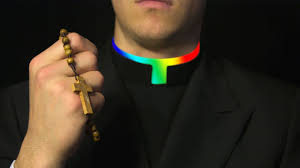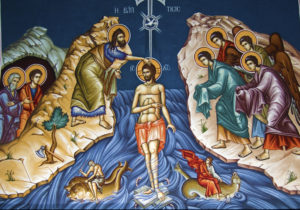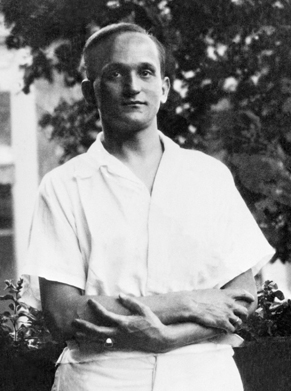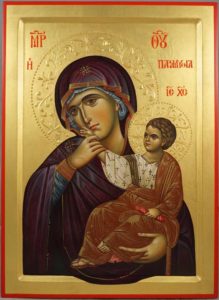Jesus preaching from the boat, Jacques Callot 1635
Mount Calvary Church
A Roman Catholic Parish
The Ordinariate of the Chair of S. Peter
Eutaw Street and Madison Avenue
Baltimore, Maryland
Rev. Albert Scharbach, Pastor
Dr. Allen Buskirk, Choirmaster
10:00 A.M. Sung Mass
February 10, 2019
Epiphany IV
_________________
Common
An Anglican Folk Mass, Martin Shaw
____________________
Anthems
Jan Pieterszoon Sweelinck (1562-1621)
Il faut que de tous mes esprits Ton los et prix J’exalte et prise: Devant les grands me presenter, Pour te chanter, J’ay faict emprise. En ton sainct temple adoreray, Celebreray ta renommee, Pour l’amour de ta grand’bonté, Et feauté tant estimee.
I will give thanks unto thee, O Lord, with my whole heart: even before the gods will I sing praise unto thee. I will worship toward thy holy temple, and praise thy Name, because of thy loving-kindness and truth: for thou hast magnified thy Name and thy word above all things.
Here is the Ensemble Sweelinck de Genève.
__________
Ralph Vaughan Williams (1872 – 1958), text by George Herbert (1593 – 1632)
Come, my Way, my Truth, my Life: Such a Way, as gives us breath: Such a Truth, as ends all strife: Such a Life, as killeth death. Come, My Light, my Feast, my Strength: Such a Light, as shows a feast: Such a Feast, as mends in length: Such a Strength, as makes his guest. Come, my Joy, my Love, my Heart: Such a Joy, as none can move: Such a Love, as none can part: Such a Heart, as joys in love.
Here is baritone David John Pike, and treble Philip Martin.
____________________
Hymns
Holy, Holy, Holy! Lord God Almighty (NICAEA)is by the Anglican Bishop of Calcutta, Reginald Heber (1783—1826). It is a reverent and faithful paraphrase of Revelation 4:8-11 and John’s vision of the unceasing worship in heaven: as such, it is a fine example of Heber’s care to avoid the charge of excessive subjectivity or cheap emotionalism in his hymns, and so to win support for the use of hymns in worship within the Anglican Church. Beginning with the thrice repeated ‘Holy’, it proceeds to find images for the Holy Trinity that attempt to capture its elusive magnificence. Particularly notable is ‘though the darkness hide Thee’, which expresses the awareness of God in mystical terms through the via negativa.
O God unseen yet ever near (ST. FLAVIAN) is a Communion hymn by Edward Osler (1798–1863), a surgeon in the British Navy. The hymn refers “the manna from above,” a type of the Body of Christ, and the ‘streams that through the desert flow,” a type of His Blood.
Rise up, O men of God (FESTAL SONG) (1911) was written by the Presbyterian minister William Pierson Merrill (1867–1954) as part of the Men and Religion Forward Movement of the early 20th century. Protestant leaders noticed the chronic lack of men in congregations (then and now!) and sought to inspire men in particular to energize the church to both fulfill the Great Commission and to combat social evils. The Episcopal Church had the most success of all churches in increasing the proportion of male communicants.
FESTAL SONG written in 1894 by American composer and organist, William Henry Walter (1825-1893).
















